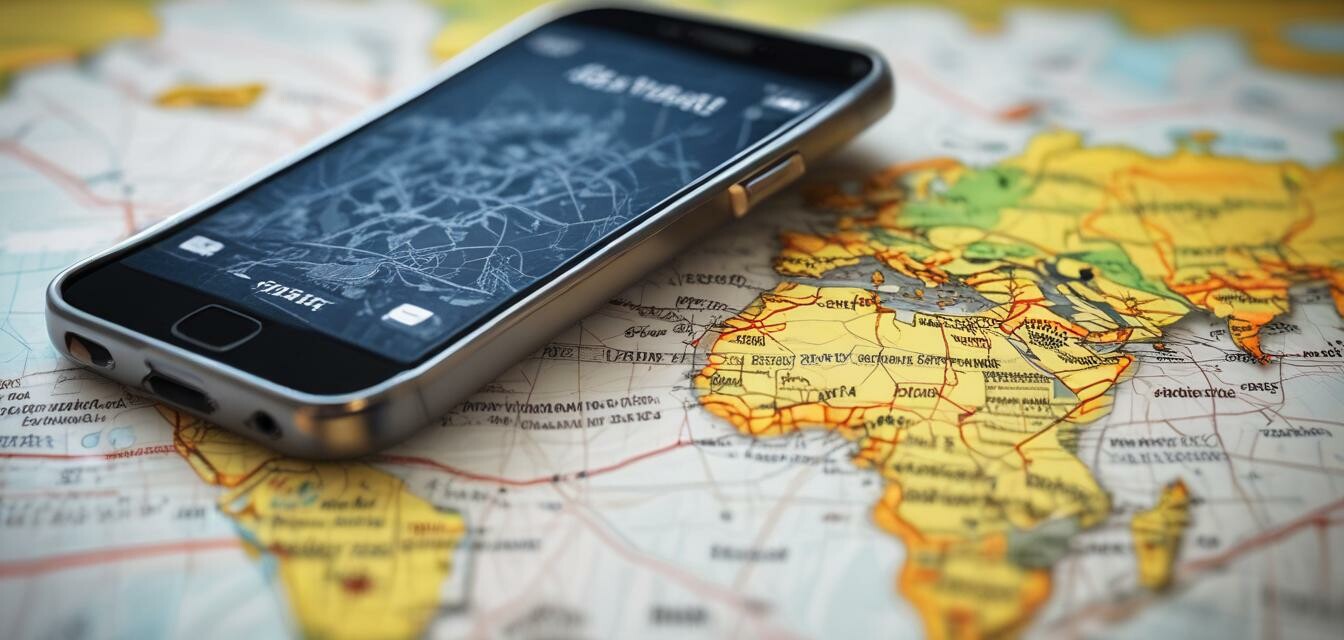
Understanding roaming charges with travel SIM cards
- Roaming charges can be expensive if not managed properly.
- Travel SIM cards offer a cost-effective solution to avoid high roaming fees.
- Plan your connectivity needs based on your travel destinations.
- Learn how to activate and manage your travel SIM effectively.
As a frequent traveler, staying connected while abroad is essential. One of the best ways to ensure you don’t fall victim to high roaming charges is by using travel SIM cards. This article will provide valuable tips on understanding roaming charges, how to effectively use travel SIM cards, and how to save money while staying connected.
What are roaming charges?
Roaming charges refer to the fees that mobile phone providers charge for using their services outside of your home network. These charges can accumulate quickly if you don’t take adequate steps to manage your usage while overseas.
The impact of roaming charges
Roaming charges vary significantly based on the following factors:
- Your home network provider
- The country you are visiting
- The type of services used (data, calls, or texts)
Why choose travel SIM cards?
Travel SIM cards offer a solution for avoiding outrageous roaming charges. Here are some key benefits:
- Lower rates for calls, texts, and data.
- Accessibility in multiple countries with dedicated packages.
- Easy to set up and use upon arrival.
How to save on roaming charges
Here are some effective ways to avoid high roaming charges while traveling:
- Research your destination: Before traveling, check the roaming policies of your mobile provider, and consider how it impacts your usage.
- Purchase a travel SIM card: Buying a travel SIM card provides data and call options at a fraction of the cost. Refer to our Buying Guides for more info on selecting the best SIM card.
- Choose the right plan: Opt for a plan that caters to your travel needs with easy data packages and sufficient local coverage.
- Use Wi-Fi when possible: Establish connections through free Wi-Fi in hotels, cafes, or public areas to minimize data usage.
- Turn off data roaming: Make sure to deactivate data roaming on your mobile device to prevent accidental charges.
Setting up your travel SIM card
Upon arrival in a new country, follow these steps to set up your travel SIM card effectively:
Beginner’s tips for using travel SIM cards
- Insert your travel SIM card into your phone before arriving at your destination.
- Follow the instructions provided with your SIM card for activation.
- Keep your original SIM card in a protective case or organizer for safety.
- Email the customer service of your travel SIM provider if you face issues.
Common issues and troubleshooting
Sometimes, using a travel SIM card may lead to challenges. Here’s how to troubleshoot:
| Issue | Solution |
|---|---|
| No signal | Ensure your phone is unlocked and compatible with the local network. |
| Data not working | Check your data settings and make sure data is enabled. |
| Cannot make calls | Verify your balance on the travel SIM card and ensure you have a calling plan. |
| Lost SIM card | Contact your provider promptly for a replacement or assistance. |
Compare options for travel SIM cards
When selecting the right travel SIM card for your needs, it’s essential to compare different options. Below is a comparison table of different travel SIM cards to help you make an informed decision:
| Provider | Data Cost | Validity | Country Coverage |
|---|---|---|---|
| Provider A | $30 / 5GB | 30 days | 10 countries |
| Provider B | $25 / 3GB | 15 days | 5 countries |
| Provider C | $50 / Unlimited | 30 days | 15 countries |
Conclusion
Understanding roaming charges and how travel SIM cards can help you avoid them is vital for any traveler. By planning ahead, selecting the right plan, and staying informed, you can explore the world without the fear of excessive mobile costs. For more tips on staying connected abroad, check out our Connectivity Tips section.
Pros
- Cost-effective options for staying connected abroad.
- Flexibility and ease of use.
- Variety of plans to cater to different needs.
Cons
- Some cards can be limited to specific countries.
- Data speeds may vary based on location.
- Potential compatibility issues with some devices.